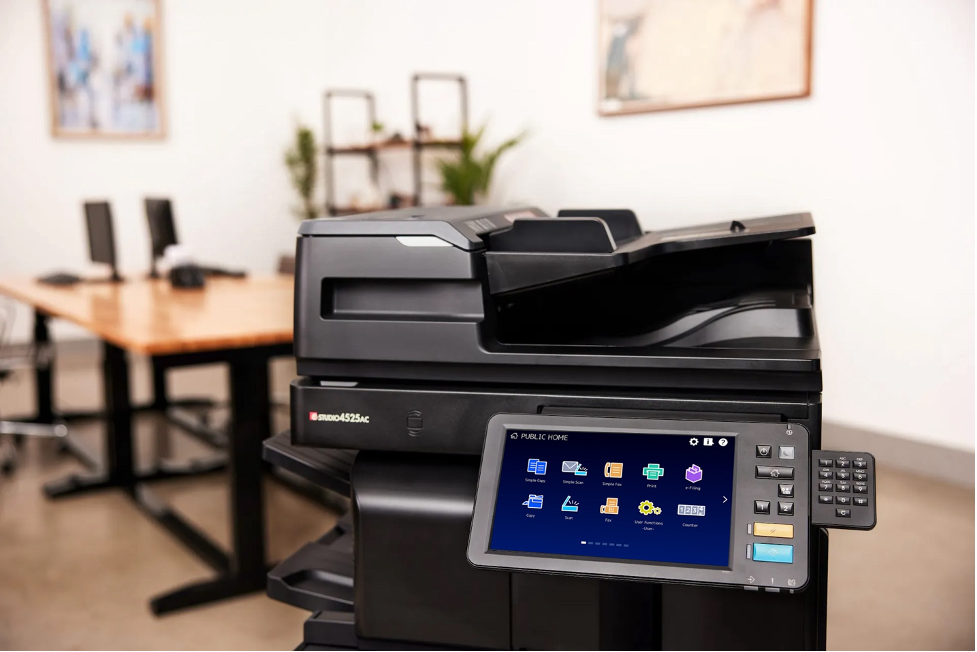The following was written by Peter Davey, Director of Professional Services & Advanced Technical Support, Toshiba
As somewhat of a sequel – to my earlier blog on preparing a social media policy, the importance of managing and protecting an organization’s social media platforms cannot be overstated.
 In my November 2013 blog, I touched upon how an organization’s marketing staff is more likely to access social media than those in operations, for instance. As is often the case, marketing departments are going to create the vast majority of any company’s day-to-day content from tweets and posts on Facebook and Google+ to news releases and website content.
In my November 2013 blog, I touched upon how an organization’s marketing staff is more likely to access social media than those in operations, for instance. As is often the case, marketing departments are going to create the vast majority of any company’s day-to-day content from tweets and posts on Facebook and Google+ to news releases and website content.
Today though, many C-level executives – especially such high-profile CEOs as Virgin Group’s Richard Branson and Elon Musk of Tesla Motors – are more and more becoming a presence on social media. If done transparently, meaning a tweet or post is actually coming directly from the executive rather than a marketing person this trend is clearly a hat trick for these leaders’ respective companies as followers are (ideally) receiving their unfiltered messages.
And although social media-savvy CEOs should be embraced while owning their own login; I strongly recommend having a single sign-on for employees producing the day-to-day content. This works well for Facebook and Google+ as well as limited access settings as HootSuite and TweetDeck for Twitter to help mitigate risk.
 Also, as touched upon in my earlier blog, social media training should be constant from the on-boarding process to routine training sessions. While employees should be encouraged to comment on posts and tweets surrounding company products and services, they must also be cautioned against rants and other poorly-worded online communiqués.
Also, as touched upon in my earlier blog, social media training should be constant from the on-boarding process to routine training sessions. While employees should be encouraged to comment on posts and tweets surrounding company products and services, they must also be cautioned against rants and other poorly-worded online communiqués.
Aside from the inherent danger of downloading malware to possibly destabilize a company’s computer network, having an employee access their favorite social media sites increases an organization’s exposure to becoming a victim of phishing scams, hoaxes and unintended data sharing.
Since social media platforms are managed by humans, some snafus are bound to take place.
An employee simply skipping the letter i in social (media) to inadvertently refer to a region’s reporters (SoCal [or Southern California] media) rather than social networking is pretty harmless in the grand scheme of things.
Conversely saving your network from an untrained employee unknowingly opening malware disguised as a party invite on Facebook is another matter. Using precaution and following a few steps may well maintain your brand while better allowing your CIO to rest easier at night.
Click here to read more blogs from Toshiba executives



